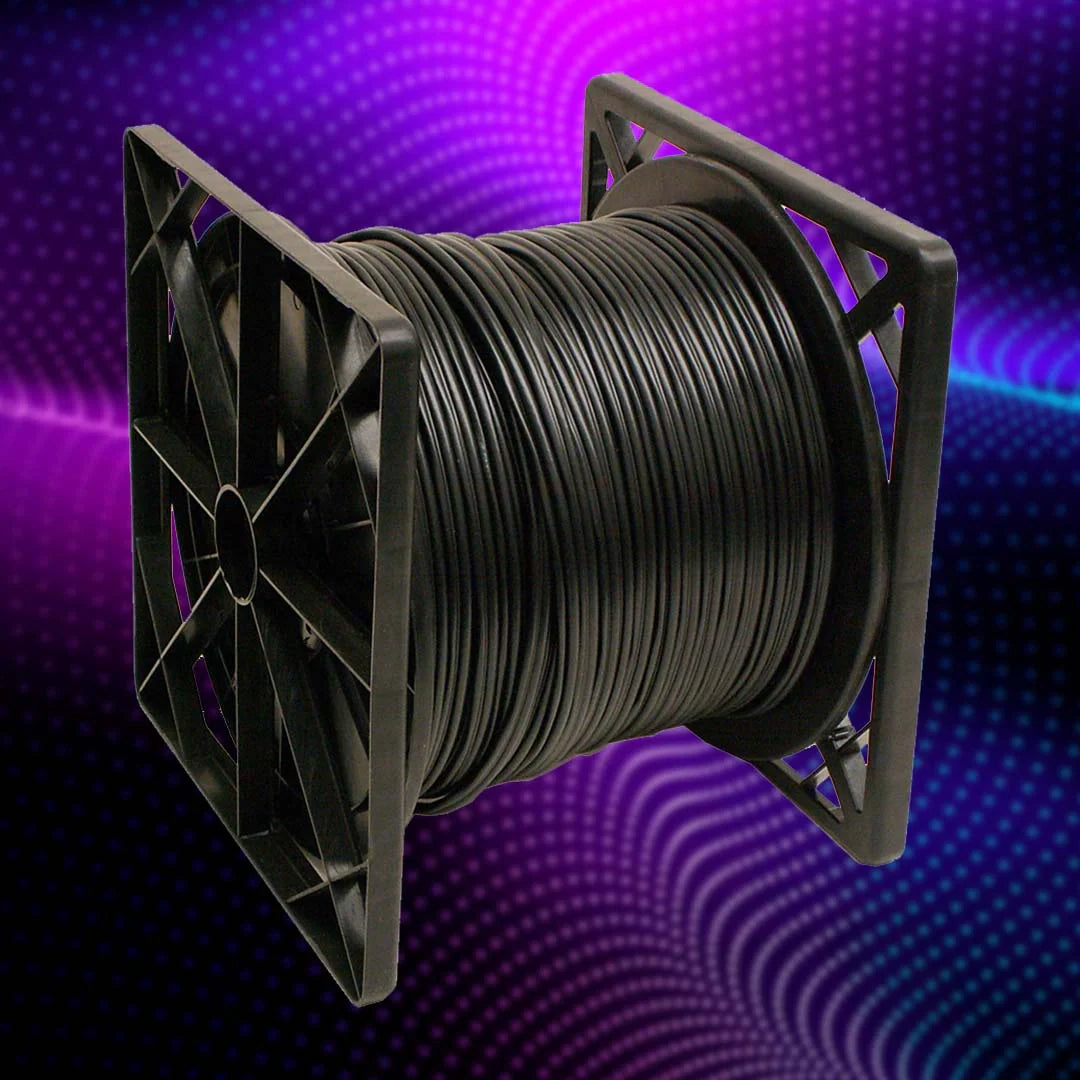You have no items in your shopping cart.

BNC cables, specifically RG59, have been a staple in the world of electronics and communications for decades. These coaxial cables are renowned for their robust signal transmission capabilities, making them a popular choice for various applications, including video surveillance systems, telecommunications, and computer networking. However, one practice that has sparked debate and concerns among professionals is running power through BNC cables. In this article, we will delve into the reasons why it is generally considered bad to run power through BNC (RG59) cables, highlighting the potential risks and alternatives available.
Understanding BNC Cables
Before delving into the drawbacks of running power through BNC cables, it's essential to grasp the fundamentals of these cables. BNC, which stands for Bayonet Neill-Concelman, is a type of coaxial cable connector that was developed in the early 1940s. It has since become a standard connector for various applications that require high-frequency signal transmission and reliable connections.
BNC cables consist of a central conductor, an insulating dielectric material, a metal shielding layer, and an outer insulating layer. This design is optimized for transmitting high-frequency signals with minimal interference, making BNC cables an excellent choice for audio, video, and data transmission. The RG59 variant of BNC cables is one of the most commonly used types and is known for its flexibility and affordability.
While BNC cables excel in their intended use for signal transmission, they are not designed to carry electrical power. Running power through BNC (RG59) cables can lead to several issues, including safety concerns, signal degradation, and potential damage to the cables and connected devices. Let's explore these drawbacks in detail.
Safety Concerns: Running power through BNC cables poses a significant safety risk, especially when dealing with high-voltage or high-current electrical currents. BNC cables are not designed to handle the power levels typically associated with electrical circuits. When power is forced through these cables, there is a risk of overheating and melting the cable's insulation, potentially causing electrical shorts or fires. This is particularly hazardous in environments where flammable materials or sensitive equipment is present.
Signal Degradation: BNC cables are engineered to transmit high-frequency signals with minimal loss and interference. When power is introduced into the same cable, it can create electromagnetic interference (EMI) and radio frequency interference (RFI). These interferences can degrade the quality of the signals being transmitted, leading to issues such as reduced video clarity or disrupted data communication. In applications where signal integrity is critical, such as video surveillance or data transmission, running power through BNC cables is highly undesirable.
Cable Damage: BNC cables are not built to withstand the mechanical stresses associated with power transmission. The introduction of electrical power can cause the cable's conductors to flex and bend, potentially leading to physical damage and the breakdown of the cable's shielding. Damaged cables are more susceptible to signal loss and interference, further compromising the overall performance of the system.
Voltage Drop: Another issue associated with running power through BNC cables is voltage drop. The longer the cable and the higher the current, the more significant the voltage drop will be. Voltage drop can affect the performance of devices that rely on consistent power levels. For instance, surveillance cameras powered through BNC cables may experience reduced image quality due to voltage drop, which can result in dimmer images and potentially unreliable operation.
Compatibility Issues: Mixing power and signal transmission in BNC cables can also lead to compatibility problems. Many devices and components designed for BNC connections assume the use of these connectors solely for signal transmission. Attempting to use BNC cables for power may require custom adapters or connectors, adding complexity and cost to the setup.
Aging and Wear: Over time, BNC cables can undergo wear and tear due to their usage in demanding environments. When power is run through these cables, the added stress can accelerate the aging process, leading to a shorter lifespan and increased maintenance requirements.
To avoid the drawbacks associated with running power through BNC (RG59) cables, it's advisable to explore alternative solutions. Here are some common alternatives to consider:
Separate Power and Signal Cabling: The most straightforward solution is to use separate cables for power and signal transmission. This ensures that BNC cables are utilized for their intended purpose – transmitting signals – while power is delivered through dedicated power cables. This approach eliminates the risk of safety hazards, signal degradation, and cable damage associated with running power through BNC cables.
Power Over Ethernet (PoE): For applications that require both power and data transmission, Power over Ethernet (PoE) technology offers a more integrated and efficient solution. PoE allows power to be delivered over the same Ethernet cable used for data transmission, eliminating the need for separate power cabling. It is widely used in applications like IP cameras, VoIP phones, and wireless access points.
Use of Appropriate Power Cables: When power transmission is necessary, it's essential to select the right type of power cables designed for the specific power requirements of the equipment. These cables are designed to handle the voltage and current levels without compromising safety or signal integrity.
Consultation with Professionals: In complex setups where both power and signal transmission are involved, consulting with professionals or engineers with expertise in cabling and connectivity can provide valuable insights and recommendations for the most suitable cabling solutions.
Reliability and Safety
While BNC (RG59) cables excel in transmitting high-frequency signals, they are not designed to carry electrical power. Running power through BNC cable can lead to safety hazards, signal degradation, cable damage, voltage drop, compatibility issues, and premature aging. To maintain the reliability and safety of your electronic systems, it is advisable to use separate cables for power and signal transmission or explore alternative solutions like Power over Ethernet (PoE) where applicable. By understanding the limitations of BNC cables and making informed choices, you can ensure the optimal performance and safety of your electronic systems and devices.
